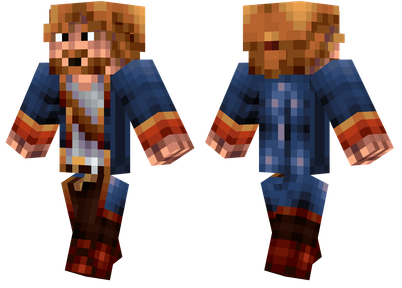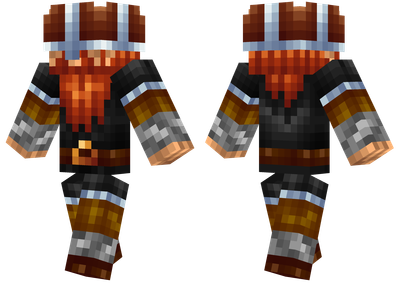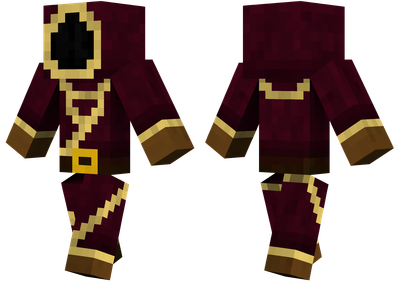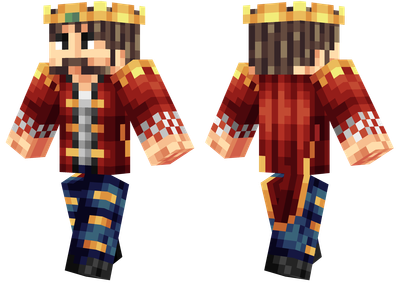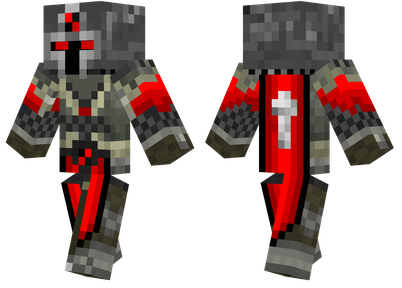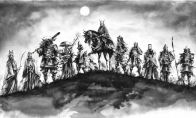This tutorial is set by the author to use the CC By-NC-SA protocol.
First, preface
This tutorial uses Qunluan: rescue, NOMI-CEU integrated package, but only AE2 and Gray are used, the purpose is to demonstrate the material allocation of materials under pure AE.
This tutorial is based on the single -portal material separation method design. It does not have to worry about it. This tutorial does not involve AE high -level applications. It only refers to the design idea.
After 1.17.1, the function of the ME interface has changed greatly. The design of this tutorial needs to be modified slightly.
For the AE storage bus, MOD machines such as Gray can only detect the items of the output bar. Although the input bar cannot be detected, the input is not limited, so most machines cannot use this tutorial.
The use of items P2P will cause the material to be confused. One material entered into multiple machines will enter multiple machines, causing irreplaceable work.
2. Theoretical principles
Build a sub -network and use the ME interface as the input and storage bus as the output;
Enter single -portal material;
Select the output bus to the machine randomly to the machine received in the machine;
Detect whether there are materials (or whether the machine is running) in the machine, the output signal partition storage bus (hereinafter referred to as the network disconnection), and no material (or the machine stopped running) to relieve the signal, restore the connection between the storage bus and the sub -network (hereinafter herebyCalled as a network);
Enter the next material;
Repeat 3 ~ 5 steps until the following two situations appear: a. All materials are completed, the cycle is over;
PS: Because the detection of step 4 has a certain delay, it will lead to the actual execution that the storage bus has not been separated, and the subsequent materials are allocated into the same machine.
Third, instance and construction steps
The formula shown in the figure is 9 basalt powder and a welding powder with a ash powder and stirred to generate 11 concrete powder.The process of writing the AE coding model is omitted.Because there are many types of raw materials, the formula is selected as a sample, which simulates complex situations.
Provide an interface on the main network, put the written coding model in it, and open the blocking mode.The white in the figure is the main network, and the orange is the sub -network.(PS: The main network does not need to be adjusted when using the panel type interface. If a block -shaped interface is used, it must be adjusted as shown in the figure.)
Extend the sub -network near the machine, and the energy and channel problems of the sub -network will be solved by themselves.
Storage bus around the machine and reverse trigger bus on the cable connected to the sub -network. Both do not need to set up, as shown in the figure.
Set the detection line.This part needs to be adapted to local conditions. As mentioned earlier, the storage bus cannot detect the materials in most machines, which causes the structure of the storage bus plus the standard sender to be unavailable. The following is a solution available for GT6:
On the side of the machine, the activity sensor (ready), use the red alloy wire to transmit the redstone signal of the sensor to the reverse trigger bus.
In addition, the active sensor can be replaced with other sensors, such as the inventory quantity sensor, but it needs to be set to output signals when it is greater than 1.Other sensors are pushed according to this.
For GT5 and CEU versions, you can use device active detection coverage boards or object detection coverage board instead of the activity sensor in the diagram.
The original machine, such as the furnace, can use the storage bus plus the standard signal generator to replace the detection line, but the storage bus of the detection line cannot be shared with the sub -network storage bus.
Other machines need to solve the design of the detection line by themselves.
Fourth, results preview
After placing an order in the main network, the machine will receive the entire material, which will not lack raw materials, but multiple materials may be received.
Fifth, the current problem
This design depends on the broken network. The pressure of the network and the network itself will be more pressured on the computer, and in the case of a large number of sub -network channels, it takes a while after the network to obtain the channel from the network. ThereforeThe separation method is used to use separators and do not use the webbage method.
Without the priority of all storage bus, the child network acquisition material randomly selects a storage bus for output. This process only requires 1GT.In the next GT, when the material enters the machine, the detection line sends a signal and the storage bus is broken.Why do I have no cards when I write a tutorial?
The following is the result of multiple experiments: testing in TFR, the machine is not started, but the sensor can be used normally.The use of the storage bus plus the standard sender is the same as the use of the active sensor. Two materials will be received in the machine before the network disconnection; using the inventory sensor, three materials will be received in the machine before the network disconnection.The item detection coverage version is consistent with the active detection of equipment. Seven or fifteen materials will be received in the machine before the network disconnection.The following structure cannot be used
The idea is that the material enters the machine at the same time, and the standard sender can send a signal to block the transmission of the next material, but in fact, it cannot meet the imagination requirements. The specific reason is unknown.
When the number of machines is small, it is not necessary to do this seed network. When the number of machines is large, it is also recommended to make a larger machine. The overclocking and parallel energy of large machines quickly catch up with the processing speed of the child network, and the burden on the computer is smaller.
Wait for replenishment.


